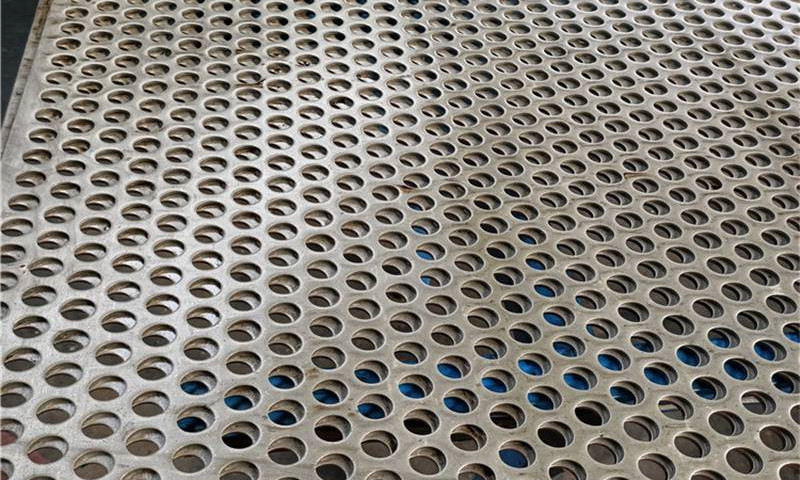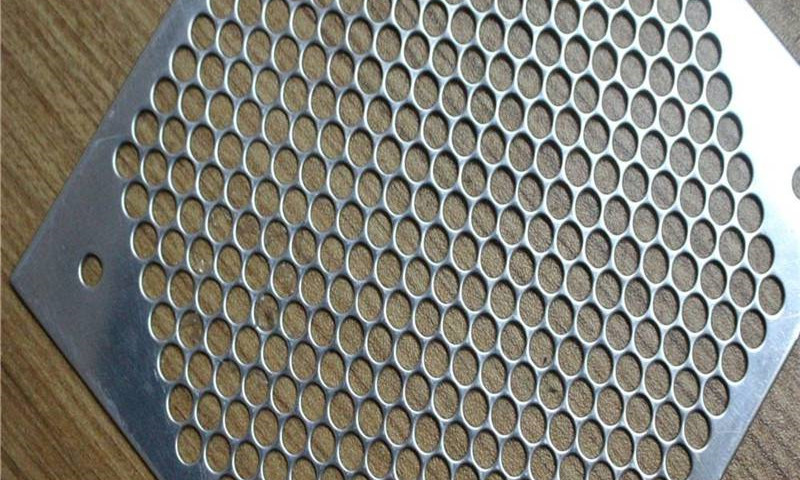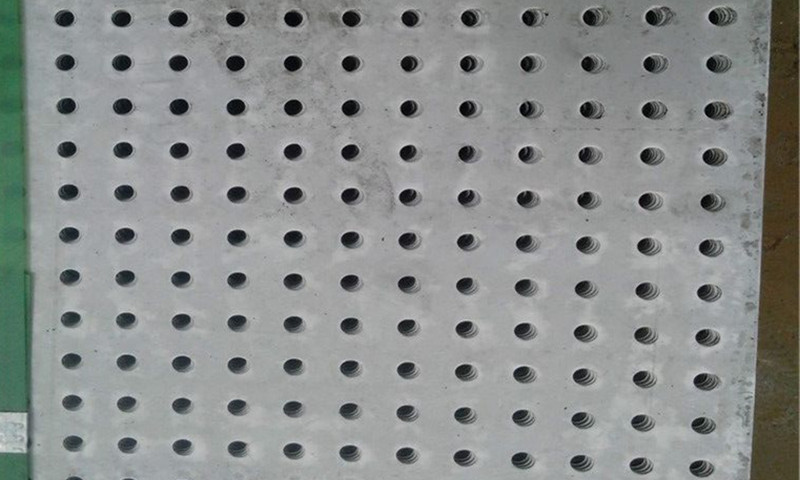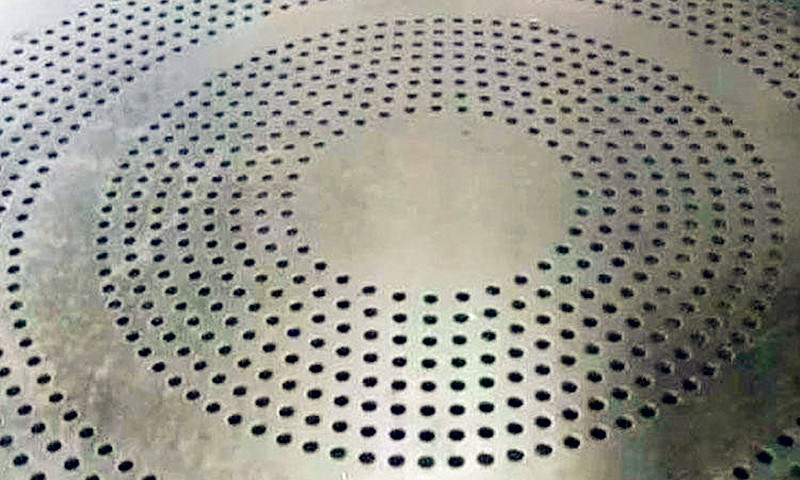Comprehensive Guide to Perforated Panels: Materials, Thickness, Sizes & Custom Options
Source:www.cn-psp.cnAuthor:河北森驰公司 Last updated:2025-06-07 14:56:50 Browse:
Introduction to Perforated Panels
Perforated panels are versatile metal materials widely used across various sectors such as architectural decoration, industrial screening, ventilation, noise reduction, and mechanical protection. With a wide range of specifications and sizes available, they can be tailored to meet diverse application needs. This article provides a comprehensive overview of the commonly used materials, thickness ranges, panel dimensions, hole types, and customization options for perforated panels, helping you make informed decisions for your specific use case.
 perforated panels
perforated panels
Common Materials for Perforated Panels
Perforated panels can be manufactured from a variety of metal materials, each offering unique performance characteristics:
Steel Sheets: Including cold-rolled steel, hot-rolled steel, and galvanized steel. Known for strength and machinability, suitable for general industrial applications.
Aluminum Sheets: Available in series such as 1005, 1006, 1100, 3003, 3004, 5005, 5052, 5083. Lightweight and corrosion-resistant, ideal for architectural and aerospace applications.
Stainless Steel Sheets: Types like 201, 304, 316, 316L, and 430 offer excellent corrosion resistance and mechanical strength, making them perfect for demanding environments.
Common stock materials include galvanized steel, cold-rolled steel, and 304 stainless steel.
 perforated panels
perforated panels
Thickness Range
Perforated panels are available in a wide range of thicknesses, typically from 0.1mm to 30mm. Standard stock options mostly fall between 0.5mm and 2mm, which cater to most everyday industrial and architectural needs.
 perforated panels
perforated panels
Panel Size Specifications
Panel dimensions can be customized to client requirements. The standard maximum width is 1.5 meters, and maximum length is 4 meters. Common stock sizes include:
1 meter × 2 meters
1.25 meters × 2.5 meters
1 meter × 20 meters
1.2 meters × 20 meters
These dimensions provide flexibility for installation and different functional purposes.
 perforated panels
perforated panels
Hole Sizes and Shapes
Perforated panels come with various hole sizes and shapes to meet both functional and aesthetic requirements:
Hole Size Range: From 0.2mm to 100mm. Common sizes in stock include 0.8mm, 1.0mm, 1.5mm, 2mm, 2.5mm, 3mm, 4mm, 5mm, 6mm, 8mm, 10mm, 15mm, and 20mm.
Hole Shapes: Round holes, oval holes, slot holes, square holes, rectangular holes, triangle holes, pentagon holes, hexagonal holes, figure-eight holes, cross-shaped holes, plum blossom holes, diamond holes, fish scale holes, louver holes, embossed round holes, crocodile mouth holes, etc.
The wide variety of hole patterns not only enhances functionality but also boosts the decorative appeal of the panels.
 perforated panels
perforated panels
Custom Services & Application Fields
Hebei Senchi Metal Products Co., Ltd. provides full customization services for perforated panels. Simply provide your required material, thickness, dimensions, hole size, and hole shape — and we will deliver precisely tailored solutions.
Perforated panels are widely used in:
Architectural Decoration: For facades, ceilings, partitions, and more, enhancing aesthetic value.
Industrial Screening: In mining, metallurgy, and chemical industries for material separation and filtration.
Ventilation and Sound Insulation: Used in HVAC and acoustic systems for airflow control and noise management.
Mechanical Protection: Applied as protective covers for machines and equipment to ensure operational safety.
Contact Us
For more information or to request a custom order of perforated panels, feel free to reach out to Hebei Senchi Metal Products Co., Ltd. Our team is committed to delivering professional service and tailored solutions to meet your diverse needs.
We hope this detailed guide helps you gain a better understanding of perforated panels and how they can support your project success.




